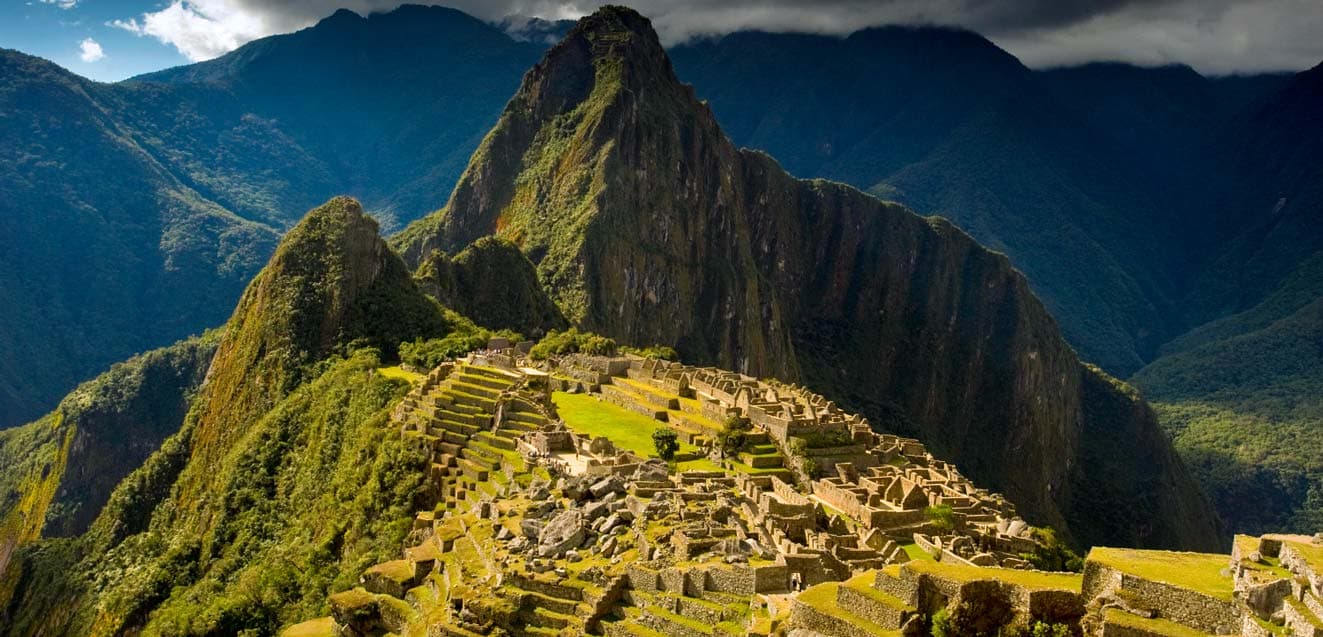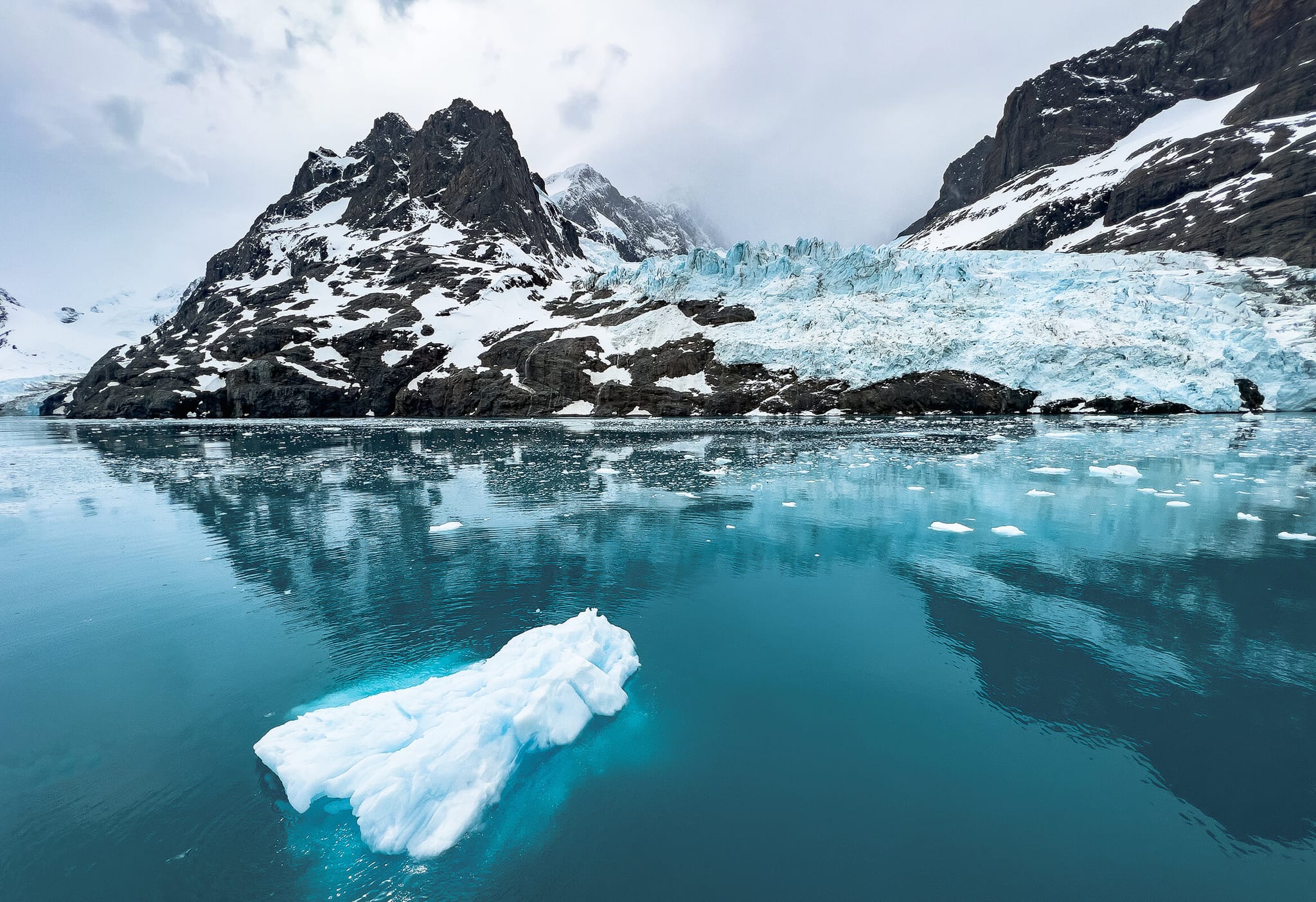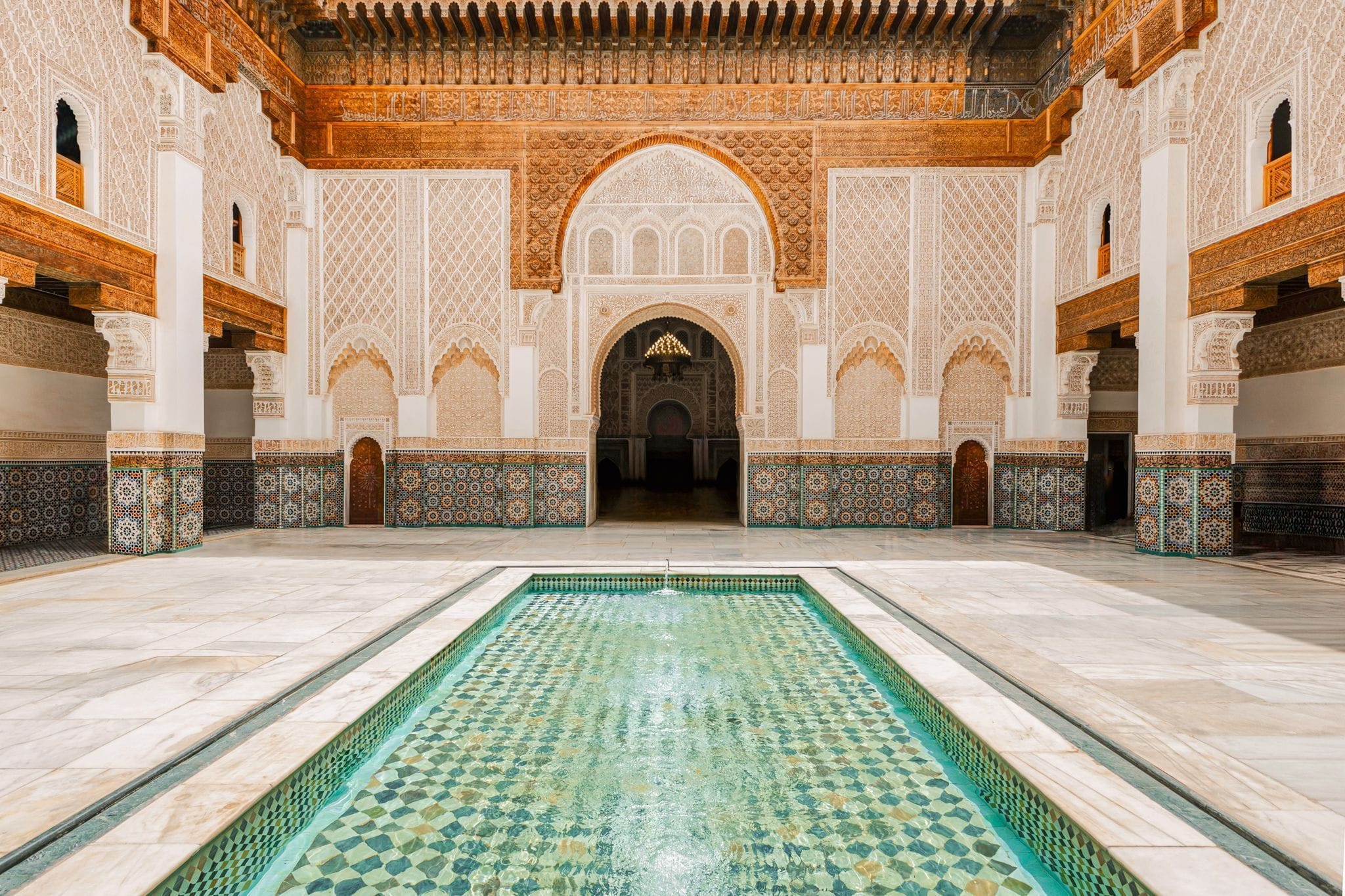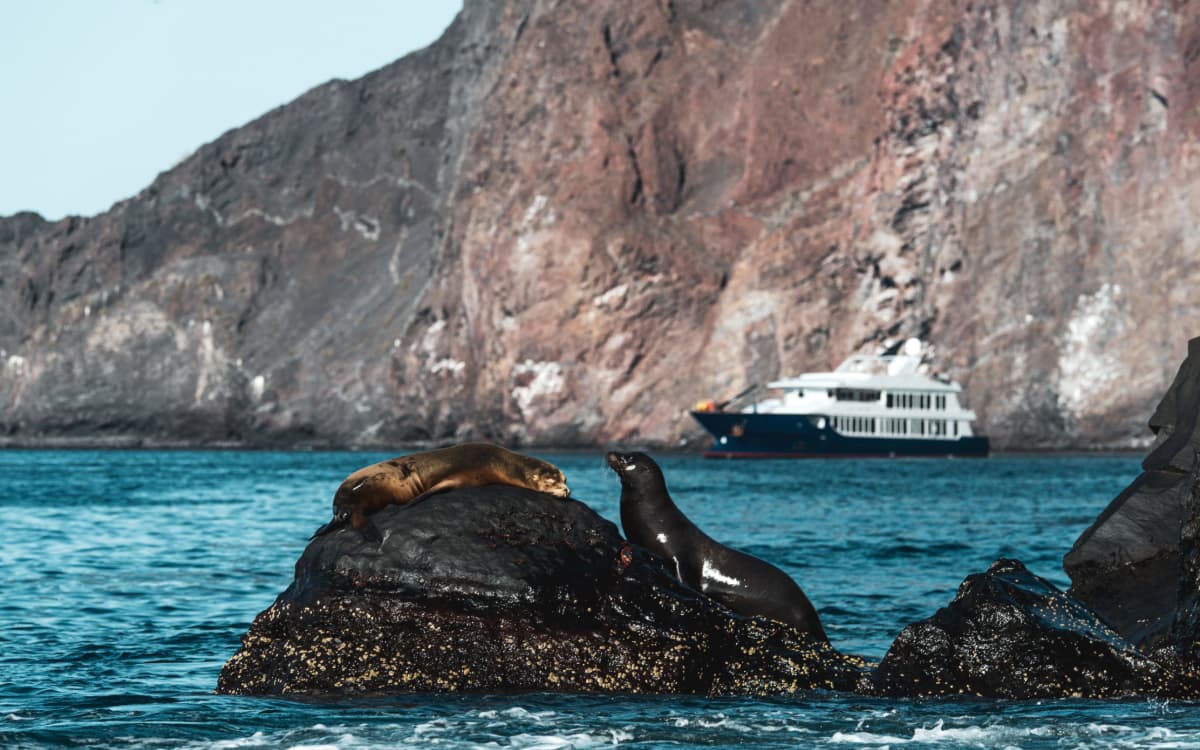Wanderlust

Aug 24, 2023
UNESCO’s World Heritage: What It Means & Their Importance
Written by
GeoEx Staff

Being designated a UNESCO World Heritage Site can catapult an obscure ruin or geological oddity into international prominence as a major tourist attraction. Most travelers are familiar with the designation, but what’s the history behind it? Who decided to start designating World Heritage Sites, and when, and why? And what’s the process for nominating and creating them? Here’s a primer on the influential honor’s background.
What was the impetus for creating the World Heritage Sites program?
The idea of preserving sites that needed to be saved for the good of all humanity was born in the 1950s. At that time, the United Nations Educational, Scientific, and Cultural Organization (UNESCO) took on the task of preserving Egypt’s Abu Simbel temples, which were in danger of being destroyed by the construction of a dam. UNESCO launched a worldwide campaign that saved the temples by relocating them to higher ground. The seed-notion of creating a list of similarly important planetary treasures was planted at this time.
When and where was the program officially created?
The idea of recognizing both cultural conservation and nature conservation was probably first officially promulgated in a 1965 US conference that called for a “World Heritage Trust” to preserve “the world’s superb natural and scenic areas and historic sites for the present and the future of the entire world citizenry.” The International Union for Conservation of Nature promulgated similar proposals in 1968. These dual proposals were presented in 1972 to the United Nations Conference on the Human Environment in Stockholm and were combined into one text that was accepted by all parties. The Convention Concerning the Protection of the World Cultural and Natural Heritage was adopted by the General Conference of UNESCO on 16 November 16, 1972. The Convention came into force on 17 December 17, 1975.
How does the process work?
Only countries that have signed the World Heritage Convention, pledging to protect their natural and cultural heritage, can submit nomination proposals for properties on their territory to be considered for inclusion in UNESCO’s World Heritage List. The selection process essentially comprises five steps. Here is how these are described by the International Council on Monuments and Sites:
1 – Tentative List
The first step a country must take is to make an “inventory” of its important natural and cultural heritage sites located within its boundaries. This inventory is known as the Tentative List and provides a forecast of the properties that a State Party may decide to submit for inscription in the next 5 to 10 years and which may be updated at any time. It is an important step since the World Heritage Committee cannot consider a nomination for inscription on the World Heritage List unless the property has already been included on the State Party’s Tentative List.
2 – The Nomination File
3 – The Advisory Bodies
A nominated property is independently evaluated by two Advisory Bodies mandated by the World Heritage Convention: the International Council on Monuments and Sites (ICOMOS) and the World Conservation Union (IUCN), which respectively provide the World Heritage Committee with evaluations of the cultural and natural sites nominated. The third Advisory Body is the International Center for the Study of the Preservation and Restoration of Cultural Property (ICCROM), an intergovernmental organization which provides the Committee with expert advice on conservation of cultural sites, as well as on training activities.
4 – The World Heritage Committee
Once a site has been nominated and evaluated, it is up to the intergovernmental World Heritage Committee to make the final decision on its inscription. Once a year, the Committee meets to decide which sites will be inscribed on the World Heritage List. It can also defer its decision and request further information on sites from the States Parties.
5 – The Criteria for Selection
To be included on the World Heritage List, sites must be of outstanding universal value and meet at least one out of the selection criteria.
What are the criteria for selection for the World Heritage List?
The selection criteria were last modified in 2005, when the following 10 criteria were adopted. Nominated sites must be of “outstanding universal value” and meet at least one of the following:
(i) Human creative genius: to represent a masterpiece of human creative genius;
(ii) Interchange of values: to exhibit an important interchange of human values, over a span of time or within a cultural area of the world, on developments in architecture or technology, monumental arts, town-planning or landscape design;
(iii) Testimony to cultural tradition: to bear a unique or at least exceptional testimony to a cultural tradition or to a civilization which is living or which has disappeared;
(iv) Significance in human history: to be an outstanding example of a type of building, architectural or technological ensemble or landscape which illustrates (a) significant stage(s) in human history;
(v) Traditional human settlement: to be an outstanding example of a traditional human settlement, land-use, or sea-use which is representative of a culture (or cultures), or human interaction with the environment especially when it has become vulnerable under the impact of irreversible change;
(vi) Heritage associated with events of universal significance: to be directly or tangibly associated with events or living traditions, with ideas, or with beliefs, with artistic and literary works of outstanding universal significance. (The Committee considers that this criterion should preferably be used in conjunction with other criteria);
(vii) Natural phenomena or beauty: to contain superlative natural phenomena or areas of exceptional natural beauty and aesthetic importance;
(viii) Major stages of earth’s history: to be outstanding examples representing major stages of earth’s history, including the record of life, significant ongoing geological processes in the development of land forms, or significant geomorphic or physiographic features;
(ix) Significant ecological and biological processes: to be outstanding examples representing significant ongoing ecological and biological processes in the evolution and development of terrestrial, fresh water, coastal and marine ecosystems, and communities of plants and animals;
(x) Significant natural habitat for biodiversity: to contain the most important and significant natural habitats for in-situ conservation of biological diversity, including those containing threatened species of outstanding universal value from the point of view of science or conservation.
When are the new UNESCO Site designees announced?
Usually, the new designees are officially announced once a year, after the annual meeting of the World Heritage Committee. In recent years, this has occurred in late June or early July.
How many World Heritage Sites are there?
There are now 1,092 sites.
What are the most recent additions to the UNESCO World Heritage List?
There are new sites being recognized over time, so here is the complete list to help guide you where to go next.
#####
To find out about some of the world’s top off-the-radar World Heritage Sites or about travel to other sensational spots around the globe, give us a call at 888-570-7108.






